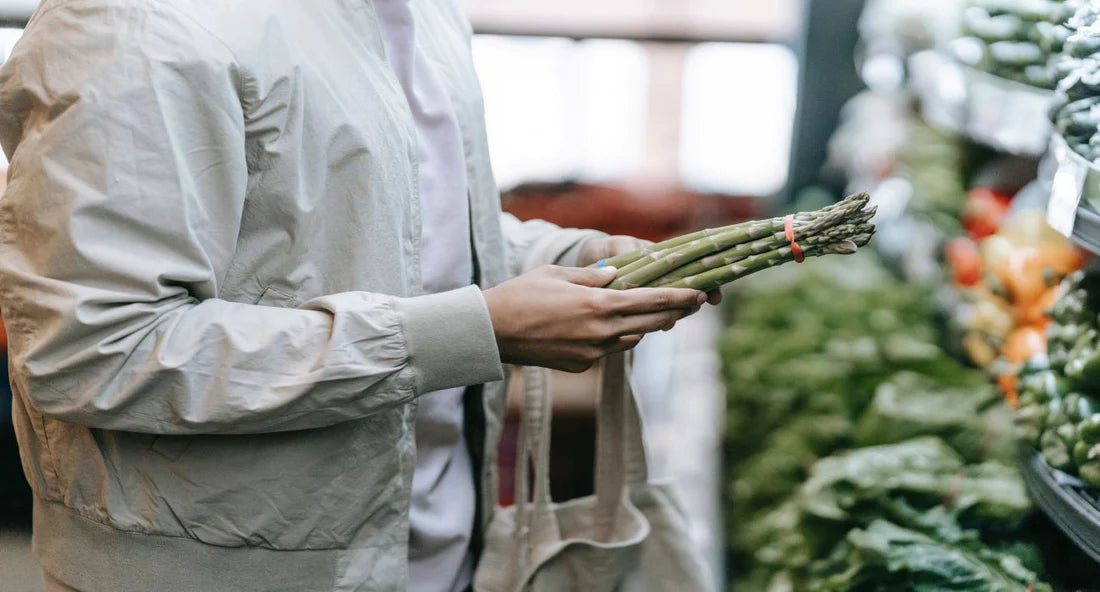What Are Best Before Dates? How to Tell If Food Has Gone Bad

What Are Best Before Dates? How to Tell If Food Has Gone Bad
More and more supermarkets are scrapping ‘Best Before’ dates on their food products in a bid to reduce food waste and be more environmentally friendly. And we’re thrilled about it!
Marks and Spencer announced they’re removing best before dates from over 300 fruits and vegetables, while Tesco removed theirs in 2018. Meanwhile, Morrisons have replaced their ‘Use By’ label on own-brand milk with a ‘Best Before’ label.
Instead of relying on food date labels, customers are encouraged to use their own judgement to determine whether food is safe to eat. At the moment, 70% of the UK’s food waste is binned at home (WRAP), so thinking before we throw away is a great way to go green at home.
But how can we tell whether food has gone bad? And do ‘Best Before’ dates matter? In this guide, we’ll help you understand food date labels, so you know when to throw away food and when to keep it for longer.
First, let’s start with the ‘Best Before’ date meaning:
What are ‘Best Before’ dates?
‘Best Before’ dates, or BBE (‘Best Before End') labels, refer to the quality of food, unlike ‘Use By’ dates, which refer to safety. The ‘Best Before’ date indicates when a product may no longer taste as fresh. However, it can still be safely consumed - as long as there’s no glaring factors that suggest otherwise, such as a pungent smell.
Even though ‘Best Before’ dates concern the food’s flavour and the texture, many foods that are past this date can still taste just as delicious when cooked. Shops are beginning to scrap BBE labels for this very reason, as many foods are often discarded even when they’re still very much usable. In fact, it’s thought that 70% of the food we bin is still completely edible.
What Can I Eat After the ‘Best Before’ Date?
Because ‘Best Before’ dates are solely based on quality guidance, it’s possible to eat all foods past this date. Just don’t confuse this with the ‘Use By’ food date label! Canned foods are especially long-lasting because they go through a high heat process to get rid of any bacteria (FAO). Dried foods like rice, pasta and flour are fine to consume after a while too - so long as they’re stored in an airtight container.
Do ‘Best Before’ Dates Matter?
‘Best Before’ dates do matter to an extent because they indicate when you should consume the food to ensure the best quality. However, they do not matter as much in terms of safety. When your food is past its ‘Best Before’ date, use your own judgement to decide whether it’s OK to eat. A little wilting is fine, but anything with a strong bad smell should be discarded.
How to Tell If Food Has Gone Bad
There are many ways to tell if food has gone bad. For dairy products like milk and eggs, a ‘sniff test’ is best, because its strong, sour smell will instantly tell you whether it’s off. For fruits and vegetables, you can often decide whether it’s bad by the appearance. Slight softening and wilting is usually fine, but if it’s slimy and discoloured, chances are it’s time to throw away.
Using your common sense is also key. If there’s no ‘Use By’ food date label and you think it looks fine to eat, it probably is. The same goes if it looks strange - don’t eat it! It’s important not to use this method for ‘Use By’ dates, however, as these labels can indicate that there’s hidden, harmful bacteria that we can’t see.
How Best Before Dates Affect Food Waste
‘Best Before’ dates can impact the growing food waste endemic because many people assume food must be thrown away before this date when, in fact, it doesn’t need to be.
To find out more about food waste and how it can impact the environment, read our blogs on how to reduce food waste and food waste facts. Alternatively, learn more about Dash Water and how we’re striving to be an ethical drinks brand.

